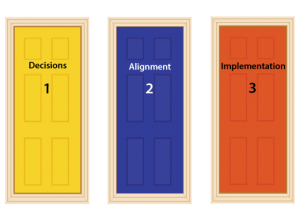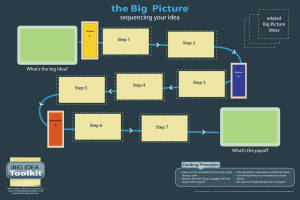A Tiny Comparison of Two Giants
While I’m working on my next book, I sometimes refer to my last one. Not because they are related, they are not. But, because as a self-published author and consultant, I need to let people know I exist. So, here is the funny juxtaposition I see. Two giants were birthed in my proverbial back yard, namely Microsoft and Amazon. And, while each of these companies boasts legacy, scale, and reach that most other companies will never know, the two titans are very different. I want to share a tiny comparison from my point of view as a customer of both.
Amazon is mindful of my experience
It’s true. Amazon IS mindful of my experience. It began a long time ago with one-click before most dot-coms imploded in the first internet bubble and long before iPhone or Android devices ever reached the market. But, Amazon didn’t let their foot off the accelerator. They’ve continued to expand products and services, seemingly with the customer top of mind. They even purchased Zappos, a notoriously customer-centric company. And, then they did the right thing. They left Zappos alone, letting them run as a wholly owned subsidiary. But, it’s not just the big bets I’m talking about that has Amazon mindful of customer experiences. It’s the little things, too.

Little things have a cumulative effect in winning hearts and minds
Case in point. When I read my book (or any book) on my Kindle Fire HD or Kindle Application on PC or Android, then at a later time open the same book on a different device, I get a very thoughtful prompt. The prompt asks me if I want to continue reading from the last read location. Little things like this have a cumulative effect in winning the hearts and minds of customers. This is true whether it is an application like the Kindle Reading App or your own personal relationships. If you don’t believe it, then ask your partner.
Kudos to Amazon
Kudos to the Amazon engineers and others that made this little thoughtful feature a reality. It is a tiny thing in the grand scheme of the Kindle Platform, but it is very much appreciated. It is customer centric and as a customer, albeit a tiny one, I truly feel it.
Contrast this with my experience with Microsoft
I probably have tens of 1000’s of hours invested in using Microsoft products. One such product is Microsoft Word. My current book project is intended to be around 225 pages completed. I’m currently at 323 in the rough (with notes) and about 149 completed, pre-edit pages. I’ll eventually strip out the notes and get it fully tuned to reach my goal of 225 pages, within a scosche. Of course along my writing journey I’ve spawned many other ideas for books, companies, apps, services, talks, blog posts, etc. I don’t have huge expectations that Microsoft would accommodate the organization, linking, revision control, and a host of other ideas that could make Word more powerful and relevant to my writer’s journey. After all, a product engineer might argue that there are many types of personas using Word and they can’t cater to the nuances of each of them. Again, I wouldn’t expect that.
However, what I would expect is that autosave doesn’t make my computer go non-responding. Chock that up to an older version of Word? Perhaps. I’m granting that you have “Instant Autosave with Multitask” on the newer version. You do, right?
Be careful of the brand baggage you bestow on customers
Autosave isn’t my pet peeve here. Every day, I reenter my 323-page manuscript (and growing) with the intent of continuing work from where I was last working. This is understandable. Much like preparing a meal in a kitchen or creating a building on a construction site, when you return to the site, you want to begin where you last ended. A lengthy document isn’t any different. It could be my book, a technical manual, even your own strategy document or go-to-market product plan. While Amazon gives me the friendly thoughtful prompt, from Microsoft I get nothing. When I open my lengthy manuscript I expect to see [return to last known edit?], but instead, I receive the very first page, every time. Little things like this annoy, rob customers of time, disrespect, and over time, the negative brand aftertaste builds our brand baggage. Then negative word-of-mouth sets in.
Pretty please Microsoft
It’s not too late. There is hope. Problems like this are knowable and solvable, that is if you listen to customers and become obsessed with serving them. I’ll know that you really care about customers, even tiny ones like me, when you take care of little things like this. I want to believe you can do this. Microsoft, you are a product of my own back yard. I’ve done an internship there. I’ve been a consultant there. I’ve used many of your products and have had some good experiences, too. But, it’s time you become newly OBSESSED with customers. After all, they are the reason you have a business today and in the future. Little things do matter, even for giants like you.
Recent Articles:
If you especially enjoy an article, please share it with others and consider subscribing (it’s free and without ads)
- Don’t Let your Ideology Blind you to the Facts
- A Culture of Care Begins With YOU!
- The US Presidential Debate of the Future
- Robots Don’t Kill Jobs But CEOs Do
- Acceptable Discomfort is Better than None
- Food for Thought and For Neighbors and the Friends You Will Meet
about the author
 Gregory Olson is a consultant, speaker, and author. His latest book is L’ impossi preneurs: A Hopeful Journey Through Tomorrow.
Gregory Olson is a consultant, speaker, and author. His latest book is L’ impossi preneurs: A Hopeful Journey Through Tomorrow.
Greg also authored, The Experience Design Blueprint, a book about designing better experiences and then making them come true. The models in the Experience Design BLUEPRINT are equally relevant to organizations of all types and sizes including start-up entrepreneurs, nonprofi ts, for-profi ts, and government.
See a book summary. Read the book reviews on Amazon. Read The Experience Design Blueprint on Kindle or any device using the free Kindle Reader application or read the full-color print edition.




 Keep Synchronized
Keep Synchronized Don’t Ignore Conditions
Don’t Ignore Conditions Be Mindful of the Audience
Be Mindful of the Audience






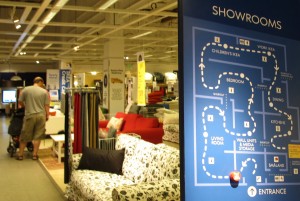

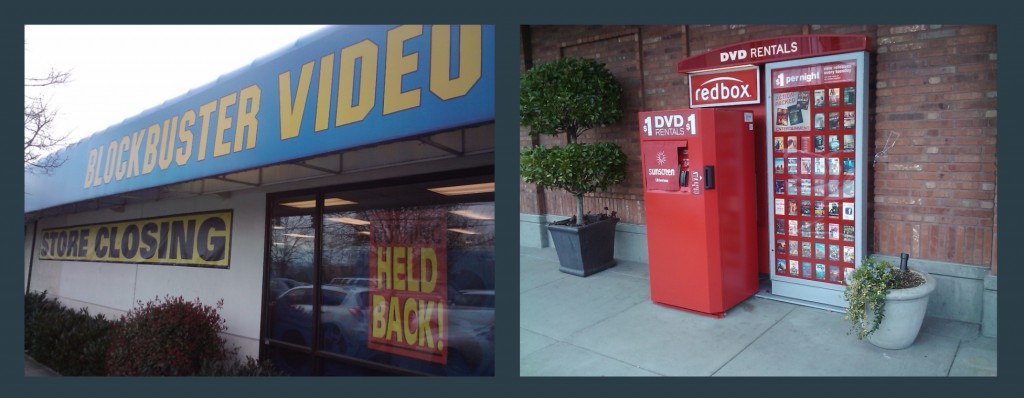
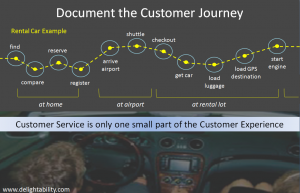

 Greg is a virtual chief marketing officer to small and medium sized businesses. He founded Delightability, LLC. with the belief that if you delight customers success will follow. Greg authored
Greg is a virtual chief marketing officer to small and medium sized businesses. He founded Delightability, LLC. with the belief that if you delight customers success will follow. Greg authored 
